Procurement processes and supply chain management are the backbone of food and hospitality companies. While procurement is the process of acquiring goods and services, the supply chain is the end-to-end process that includes procurement, production, storage, logistics, distribution, and support.
Any company in the food and hospitality business aims for efficient supply chain management to make sure inventory is well managed, and nothing is ever missing for the final client. All of the supply chain components are managed in the back office, such as inventory, orders, delivery notes, data analysis, regulatory compliance, and communication with suppliers and logistics providers.
The back-office digitization offers several benefits for the procurement process and supply chain management. This means implementing technological partners such as Enterprise Resource Planning (ERP) systems, electronic invoicing platforms, inventory management softwares and many more.
Read more to find out the advantages of digitizing the supply chain back-office and how real food and hospitality companies are going through this digital transformation.
What is back-office digitization?
The back-office digitization starts when companies decide to use digital tools and softwares to manage supplier catalogs, inventory, issue orders, process payments, approve delivery notes, and send electronic invoices to all suppliers in their network.
A big challenge for food and hospitality companies that are starting their back-office digital transformation is the integration of platforms, such as their ERP, with the other tech systems used in other parts of the business, like a Point of Sale (POS) in restaurants.
Moreover, when it comes to supplier communication, the integration to the supplier ERP system is the key to automating several steps of the procurement process, for example. These integrations reduce manual labor and speed up the completion of tasks, such as sending orders, updating delivery notes and issuing, reconciling, approving, and receiving invoices.
Benefits
Managing paper documents can be costly, inefficient, and lead to several delays. Especially when dealing with suppliers, the exchange of paper documents can cause disputes over delivery notes, lack of inventory control, long payment and collection cycles, discrepancies, and invoice rejections that affect cash flow and damage supplier relationships.
Therefore, back-office digitization enables buyers and suppliers to automate daily tasks that would take hours, or even days, before the implementation of technology systems. This transformation provides real-time information, promoting more efficient management of prices, product references, stock, received goods, and much more.
In an interview to Voxel, an Amadeus company, during the eProcurement Tech Summit, Raquel Oriol, Project Manager at Baker & Baker, discussed how her operation benefited from the digitalization of orders and delivery notes through the Bavel Procurement solution.
“We started by digitalizing our orders. Then, we evolved to delivery notes because we saw that the amount of information we received in advance was much better for our clients and for our financial team. This way we could invoice our clients faster, as we were also having problems with billing delays”, said Raquel.
In summary, companies with digitized back-offices and automated supply chain management benefit from:
– Real-time traceability of orders, invoices and delivery notes
– Faster collection cycles
– Increased profits
– Reduced manual work
– Minimized errors and discrepancies
The future of supply chain management
While back-office digitization offers several benefits to the procurement process and supply chain management, many businesses are still not taking advantage of the digital transformation.
“I think the food and hospitality industry is increasing its investment in back-office digitization. However, there’s still a lot of work to do. There’s a part of our clients that are more organized in that sense, such as restaurant groups, but when it comes to independent clients, we still have a long way to go”, said Soledad García, Director at Garcimar, in an interview with Voxel.
However, that scenario is bound to change due to the upcoming regulatory changes in terms of electronic invoicing. Many countries in Latin America already require the exchange of e-invoices for business-to-government (B2G) and/or business-to-business (B2B) transactions. In Europe, countries such as France, Italy, Germany, Belgium, Poland and Spain, have already enforced the demand or have released dates for implementation.
This need for regulatory compliance will boost the back-office digitization in food and hospitality companies. Businesses will have to find technology partners to support the issuing and receiving of e-invoices and the integration with their supplier network. Solutions such as Voxel’s Bavel Procurement offer a complete automation model for supply chain management, communications with tax administrations and ensured regulatory compliance.
Finally, other tech solutions in the market can speed up the digitization process for companies in the food and hospitality sectors. Artificial Intelligence, for example, is a powerful tool for data analysis and spotting inefficiencies in the supply chain process.
¨All our product improvements are already being made with Artificial Intelligence. If AI eliminates repetitive tasks, prevents errors, and gives me information about my business, we use it. I would say that in less than two years from now, working with AI in all areas of our company will be the norm¨, explained Mónica Rubio, CMO at Navex.











